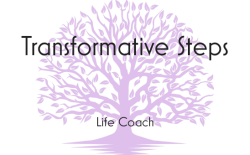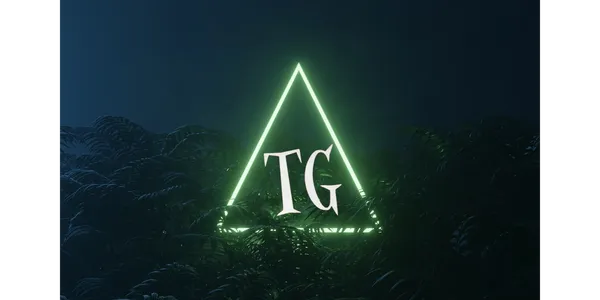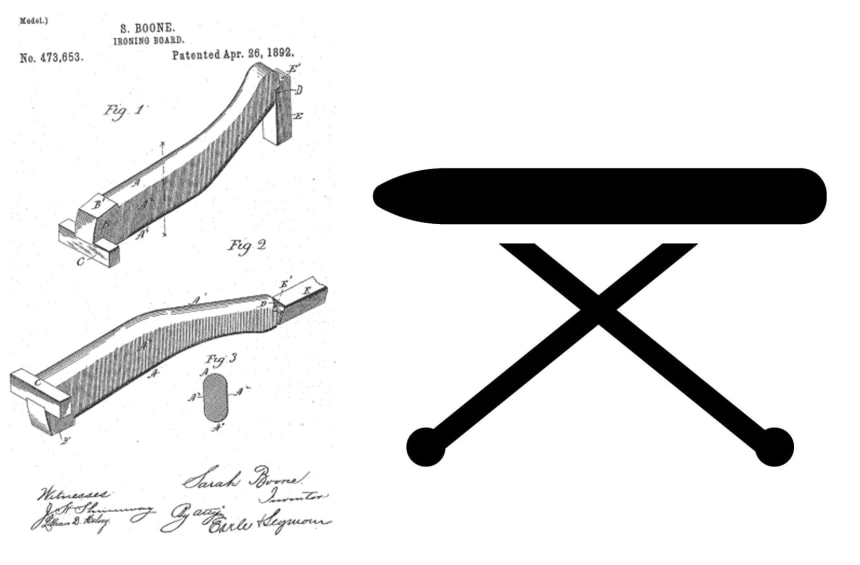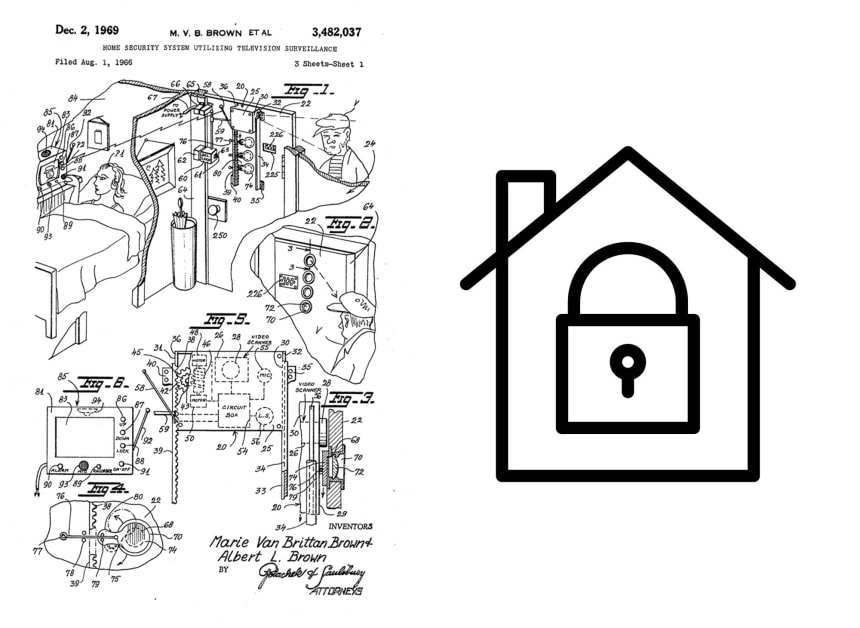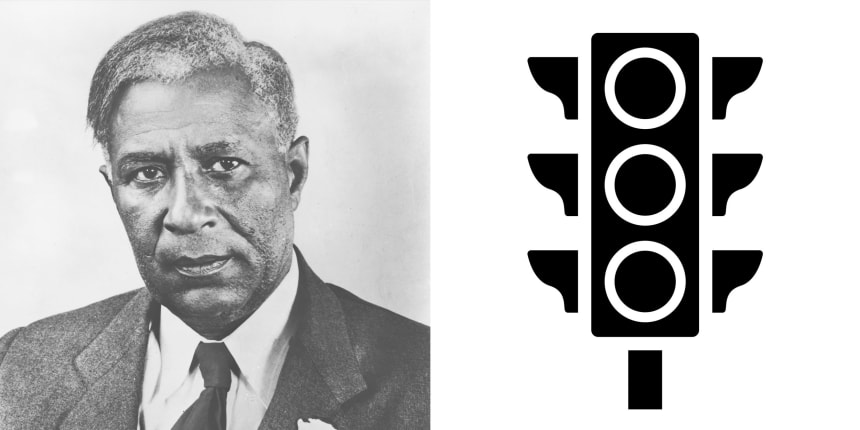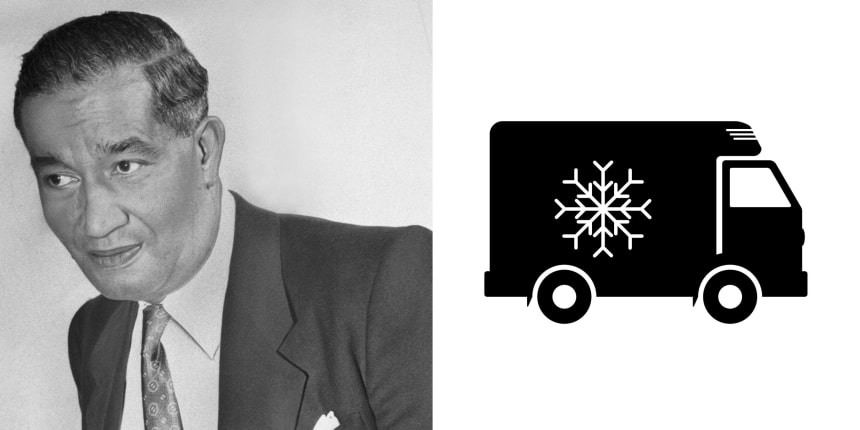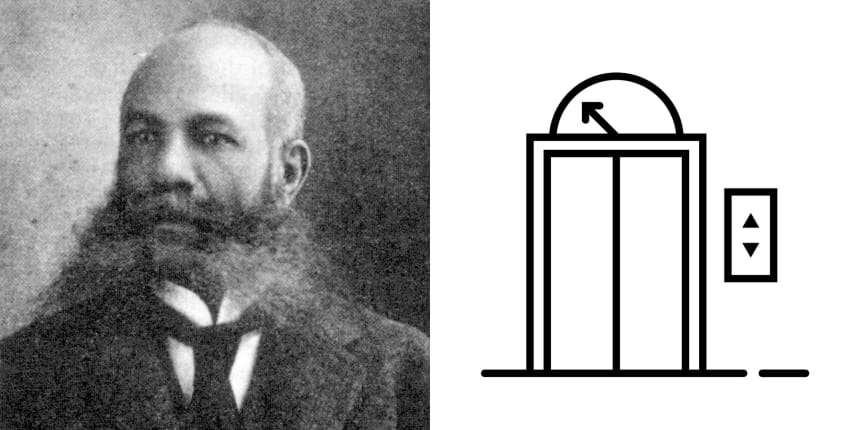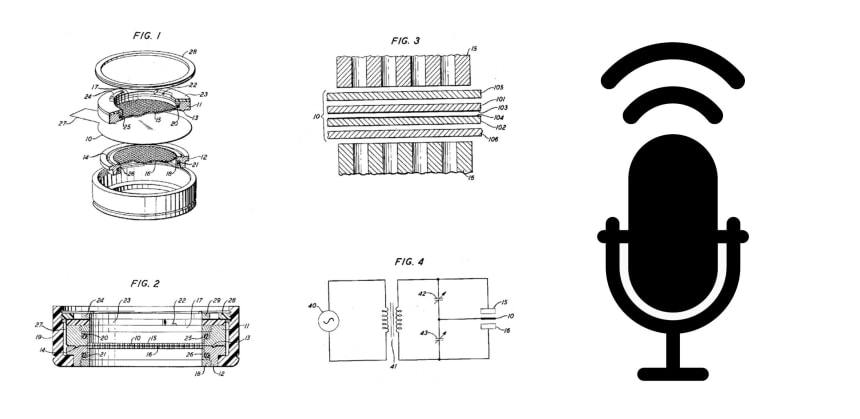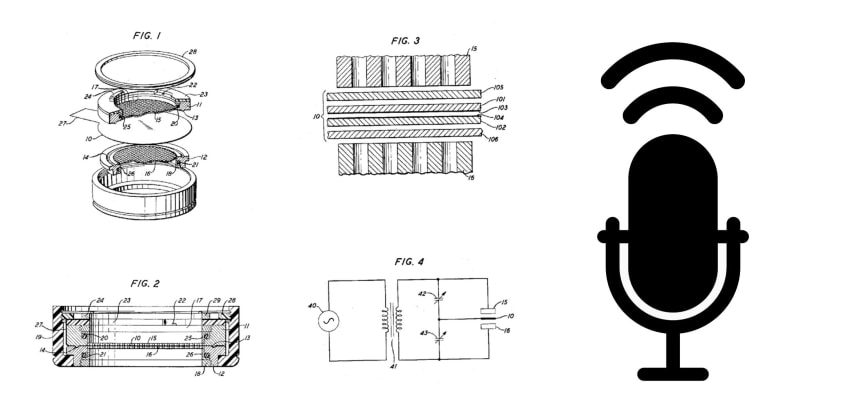Are we going to talk about your emotions and things that make you emotional. The short answer is, it depends. If that is something that is hindering you from being a success, then yes we will. If the road block you are experiencing causes you to cry, are we going to sit and cry together? Probably not, but we will identify road blocks that are hindering you and are triggering your emotions which are holding you back. We will identify them and create a strategy to address and overcome them. Bottom line, I will help you achieve the goal that we define as part of your plan.

1 on 1 Coaching
My process and approach are very simple. You and I will have a conversation where we’ll be taking steps to identify ways of thinking that prevent from allowing you to move forward. We’ll identify those thoughts and actions that are most important to address right now, as well as identify steps that hinder your progress.
Some steps may include identifying your limiting beliefs – what I call the “tar” stuck in your filter between your thoughts and the real world. We will walk through your thought processes the identify things that heavily influence you such as your culture and childhood. Through these transformational steps and conversations, your limiting beliefs will either be eliminated or dramatically.
Another step you will take/learn is a type of detachment where you’ll be able to walk away from the individual who encourages you to go in the wrong direction, and learn to simply determine your own course. This detachment step can be very freeing and is a big part of your transformative steps. In order to make the steps stick, we will also work with your habits and processes that work best for you.
We will repeat this steps as often as necessary. After several transformative steps, you will have some real clarity and we will work together to create your transformative steps going forward. With these weights removed, you will then have the tools to address anything life places in front of you. These steps, if practiced, will become as natural breathing. The sky really is the limit once you take the right steps and cut yourself free.
